Bodo – Skeiddalen
In the summer of 1941 Polish prisoners of war arrived in Bodo to begin construction of what would become Skeiddalen labor camp. In just a few weeks, twelve primitive barracks of plywood with dirt floor without water and sewage had been built. In 1942, about 400 Soviet prisoners of war arrived at the camp to be used as slave workers for various construction projects in and around Bodo, including defense facilities and Bodo airport. Conditions in the camp were inadequate, leading both starvation and diseases. The lack of medical help and medicines contributed to the death rate among prisoners. The slave labour itself was also hard and not infrequently in difficult and harsh weather conditions. Add to that the guards arbitrary violence against the prisoners during work. Torture and executions also occured. Dead prisoners were buried in mass graves or randomly in graves outside the camp perimeter. In April 1945, there were 219 Soviet prisoners in the camp, plus a large number of dead prisoners scattered throughout the camp. In addition to Skeiddalen, there were three more camps in Bodo, Langstranda and Ronvik for Soviet prisoners of war and Tjonndalen for Norwegian political prisoners. There was also a small prisoner of war camp at Bremnes Fort.
Current status: Demolished with information board (2023).
Location: 67°16' 19.98" N 14°25' 58.11" E
Get there: Car.
Follow up in books: Moore, Bob, Fedorowich, Kent: Prisoners of War and Their Captors in World War II (1996).
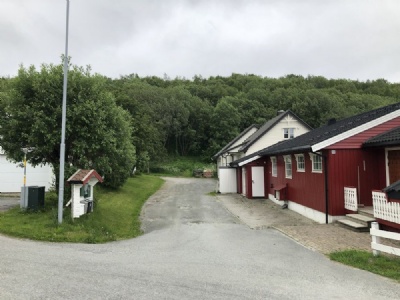
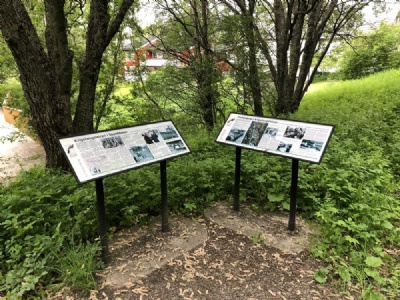
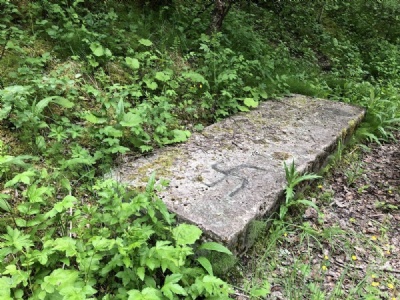
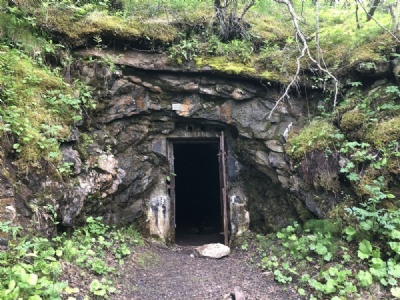
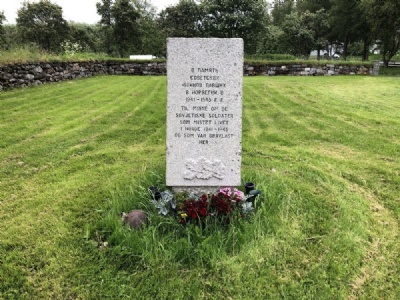
When the surviving prisoners had been moved, the camp was burned to the ground in the summer of 1945 and today (2023) there are houses and villas in larger parts of the former camp area. But where houses were not built, you can see tiny traces of the camp fence, the infirmary barrack and a few other barracks. However, they are very difficult to detect in the summer because there is dense vegetation growing on the site that well hides what is to be seen. The information board provides a good picture of the camp. Next to the information board is a concrete slab a little bit further up there is a entrance into the mountain. Wether this entrance is remnant of the camp or postwar, I don’t know.
At Bodin cemetery, about 300 metres northeast, there is a memorial dedicated to Soviet prisoners of war buried in a mass grave. In 1951 the bodies were dug up and moved to a newly established Soviet war cemetery in Tjötta, northern Norway. There, about 7,500 Soviet prisoners of war who died during the war are buried. These prisoners had previously been buried in local cemeteries or camp cemeteries near the camps they died in, but were moved to Tjötta in 1951.